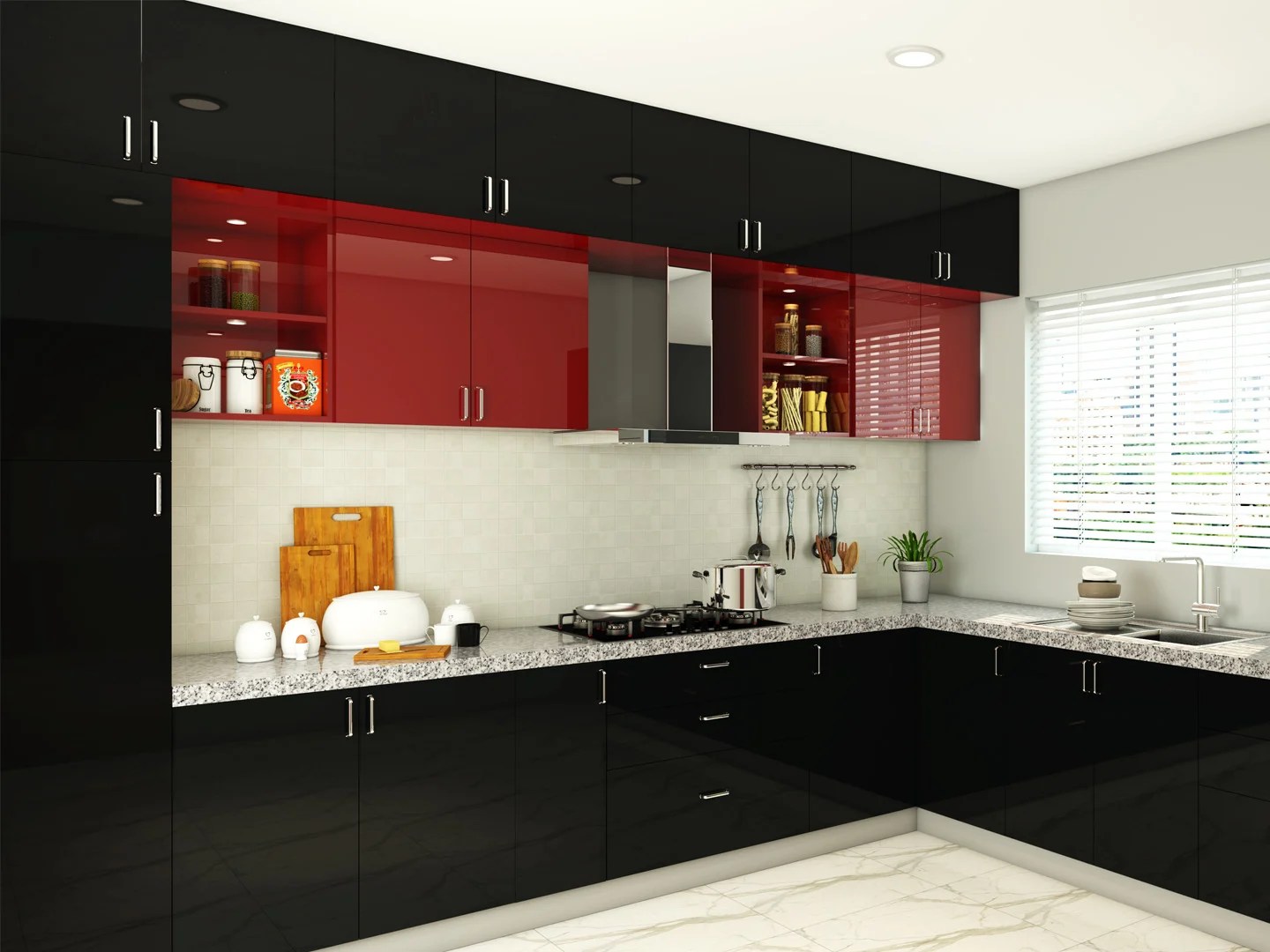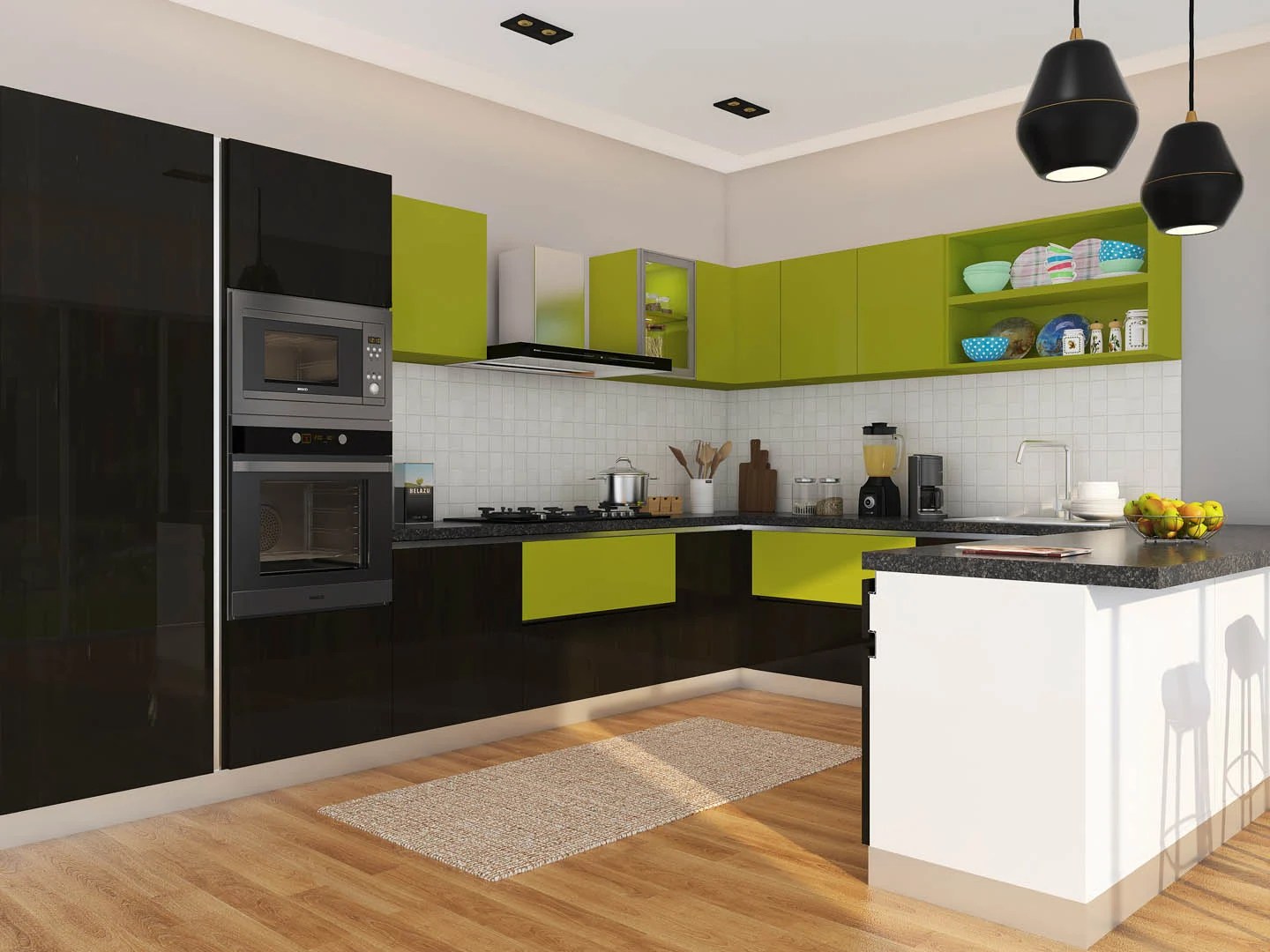Interior design today is about more than aesthetics; it’s about embracing sustainability to create spaces that benefit both people and the planet. He believes that sustainable practices can transform modern projects into something impactful and innovative. She knows that by incorporating eco-friendly materials and energy-efficient solutions, they can not only enhance the environment but also leave a lasting positive legacy. In this blog post, they will explore practical strategies that every modern interior designer should consider to elevate their projects while being responsible stewards of our world’s resources.
Why Sustainability Matters in Interior Design
While he embraces the world of modern interior design, she understands that embracing sustainability is non-negotiable. They recognize that interior design impacts the environment; unsustainable practices lead to increased waste and depleted resources. By opting for eco-friendly materials and techniques, he helps create spaces that not only look amazing but also contribute to a healthier planet. This positive shift in design philosophy is not just trendy; it’s a smart investment that resonates with conscious consumers and future generations. They’re not just designing interiors; they’re championing a movement toward sustainability that can transform industries.
Choosing Eco-Friendly Materials
For a successful modern interior design project, he knows that the materials she chooses can either uplift or undermine sustainability efforts. He emphasizes that opting for recycled, bamboo, or non-toxic finishes not only reduces environmental impact but also enhances the aesthetic appeal of a space. They should steer clear of products that use harmful chemicals or come from unsustainable sources, as these choices can damage both health and the planet. The goal is to create a balance where style meets responsibility, proving that eco-friendly can be effortlessly chic.
Energy Efficiency in Design
Aiming for energy efficiency in design, he focuses on practical solutions that cut costs and elevate sustainability. They know that utilizing energy-efficient appliances and LED lighting not only reduces carbon footprints but also enhances value, both for the planet and their bottom line. She emphasizes the importance of natural light and insulation, as these elements dramatically decrease energy consumption. By integrating smart technologies, they create spaces that are not just stylish but also smart and cost-effective. In a world where sustainability is gaining momentum, he believes that being ahead of the game is the name of the game.
The Power of Upcycling
He believes that upcycling is a game-changer in modern interior design. She knows that taking old, discarded items and transforming them into something beautiful not only saves money but also reduces waste. They see the value in creativity—turning a wooden pallet into a chic coffee table or repurposing vintage furniture can spark incredible conversations and give a space character. Upcycling not only promotes sustainability but also empowers designers to make bold choices, pushing the boundaries of artistry and practicality while making an impactful statement about our consumption habits.
Creating Biophilic Spaces
The power of biophilic design lies in its ability to connect people with nature, making interiors feel more alive. He believes that by incorporating natural elements like plants, water features, and organic materials, they create environments that promote well-being and productivity. She understands that these spaces not only enhance aesthetics but also foster a sense of community and promote health. They often prioritize the use of local resources, ensuring sustainability while providing an energizing atmosphere that inspires creativity and innovation. Biophilic spaces are not just a trend; they’re a transformative approach to modern living.
Client Engagement and Education
One of the most powerful tools in modern interior design is client engagement. Designers should prioritize open conversations, where he or she can break down the impact of sustainable choices on the environment and their personal space. Educating clients about materials, methods, and long-term benefits empowers them to make informed decisions. They become passionate advocates for their projects, understanding that every choice counts. It’s not just about aesthetics, it’s about creating a legacy and fostering responsibility toward the planet. The more they know, the more they care—and that leads to impactful design!
Conclusion
So, when it comes to sustainable practices in modern interior design projects, he, she, and they all need to embrace innovative solutions that not only elevate aesthetics but also respect our planet. By using eco-friendly materials and energy-efficient designs, they can create spaces that resonate with both style and responsibility. The future is bright for those who combine creativity with sustainability, and it’s all about pushing boundaries and thinking outside the box. They have the power to make a lasting impact—let’s see them seize that opportunity!






